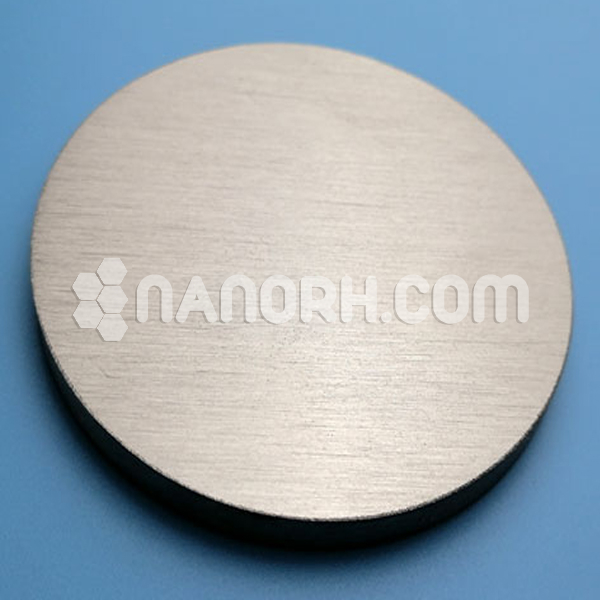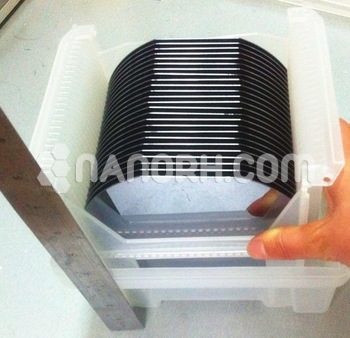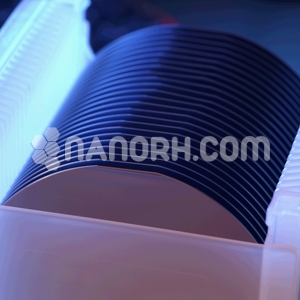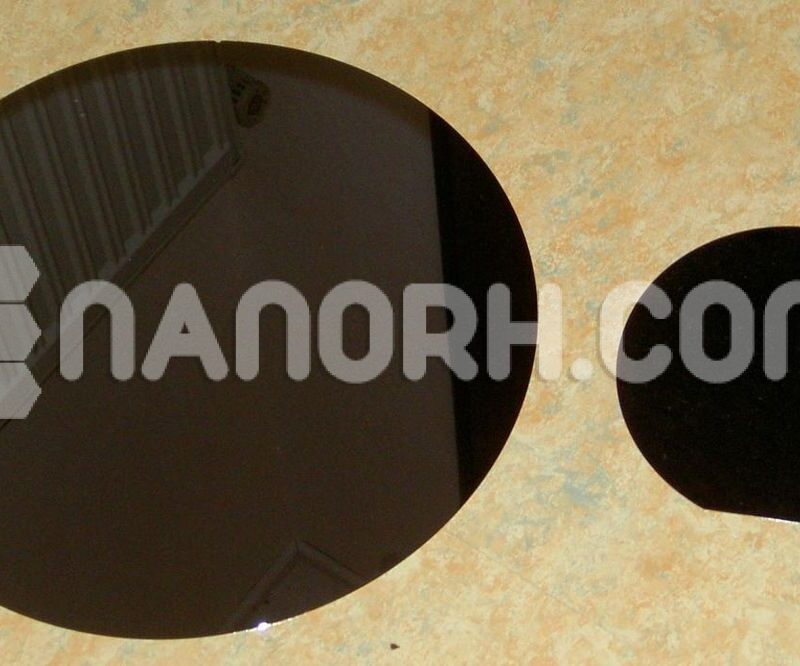| Copper Antimony Zinc Sulfide Sputtering Targets | |
| Product No | NRE-43387 |
| CAS No. | NA |
| Formula | CuSbZnS |
| Molecular Weight | 282.751 g/mol |
| Purity | >99.9% |
| Density | NA |
| Thickness | 3 mm ± 0.5mm (can be customized) |
| Diameter | 50 mm ± 1mm (can be customized) |
| Shape | Round |
| Resistivity | NA |
| Thermal Conductivity | NA |
Copper Antimony Zinc Sulfide Sputtering Targets
Copper antimony zinc sulfide (CuSbZnS) sputtering targets are used in various advanced applications due to their unique combination of properties. This compound incorporates copper, antimony, zinc, and sulfur, and it is known for its semiconductor characteristics.
Thin Film Solar Cells
Photovoltaic Devices: Cu-antimony-zinc sulfide is used in the production of thin film solar cells. The material’s semiconductor properties allow it to absorb light and convert it into electrical energy efficiently. It can be used in thin-film solar cells as a light-absorbing layer or as part of a multi-junction solar cell structure.
Semiconductor Devices
Electronic Components: The unique semiconductor characteristics of Cu-antimony-zinc sulfide make it suitable for various electronic devices. This includes applications where specific electronic and optoelectronic properties are needed.
Optoelectronics
Photodetectors and Light-Emitting Devices: The material can be used in optoelectronic applications such as photodetectors and light-emitting devices. Its properties enable it to interact with light in ways that are useful for these types of devices.
Sensors
Gas and Environmental Sensors: Cu-antimony-zinc sulfide thin films are employed in sensors that detect gases or environmental changes. The material’s sensitivity to certain stimuli can enhance the performance and accuracy of various types of sensors.
Catalysis
Catalytic Applications: The compound can be used in catalytic processes due to its chemical properties. Cu-antimony-zinc sulfide can act as a catalyst in specific reactions, making it useful in industrial processes.
Thermoelectrics
Thermoelectric Devices: Cu-antimony-zinc sulfide has potential applications in thermoelectric devices where it can convert heat into electrical energy or vice versa. Its semiconductor properties contribute to its effectiveness in thermoelectric applications.
Material Research and Development
Advanced Materials: Researchers use Cu-antimony-zinc sulfide to develop new materials and improve existing technologies. Its unique combination of elements makes it a subject of study for advancing technology in photovoltaics, semiconductors, and other fields.
High-Performance Coatings
Protective and Functional Coatings: While less common, Cu-antimony-zinc sulfide coatings might be used in specific protective or functional applications. The material’s properties can be leveraged for coatings that require a combination of semiconductor and chemical characteristics.




